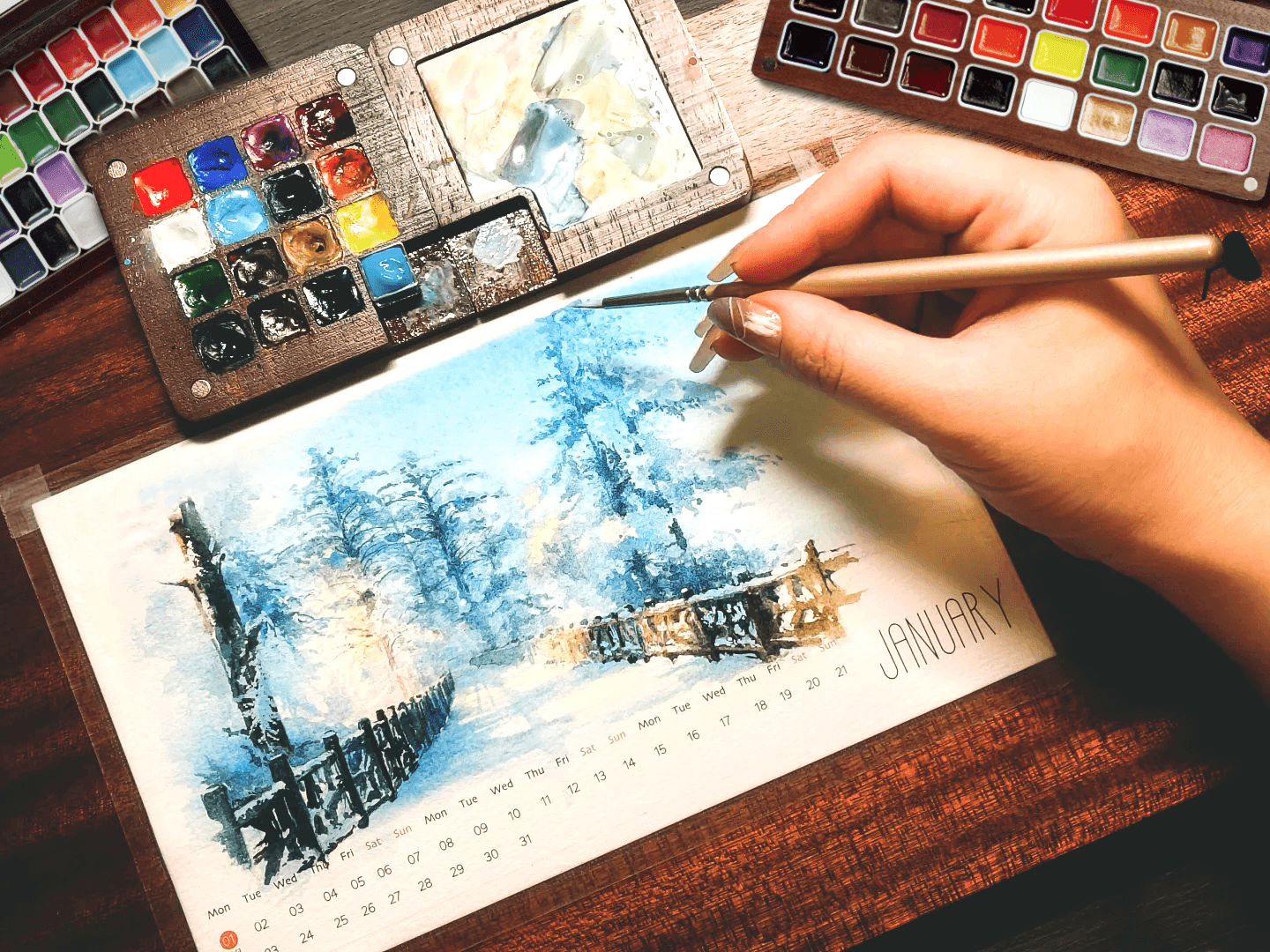
Hangzhou Poezie Stationery Co. Ltd. stands as a distinguished custom color solutions provider in the high-end pigment industry. Rooted in the corporate philosophy of "professional leading color, innovation casting quality", the company has honed its expertise over years of dedicated research and development, production, and sales. As a custom color solutions provider, it understands that different artistic projects, industrial applications, and customer preferences demand unique color palettes. Leveraging its advanced R&D capabilities and a profound understanding of color science, the company can create tailored pigment formulations. Whether clients require a specific shade for traditional Chinese paintings, need to match a particular color for industrial design projects, or seek innovative color combinations for contemporary artworks, Hangzhou Poezie can meet these diverse needs. The company's team of experts works closely with clients, starting from in-depth consultations to understand their exact requirements. Then, through meticulous experimentation and formulation adjustments, it develops custom color solutions that not only achieve the desired color accuracy but also maintain excellent pigment performance, such as high lightfastness, good dispersion, and compatibility with various media. Moreover, as an environmentally conscious provider, all custom color solutions adhere to strict environmental protection standards, ensuring that clients receive both aesthetically pleasing and sustainable color solutions. For more details on our custom color solutions, including the process, lead times, and how we can bring your color visions to life, please reach out to us.


Copyright © 2025 by Hangzhou Poezie Stationery Co., LTD. Privacy policy